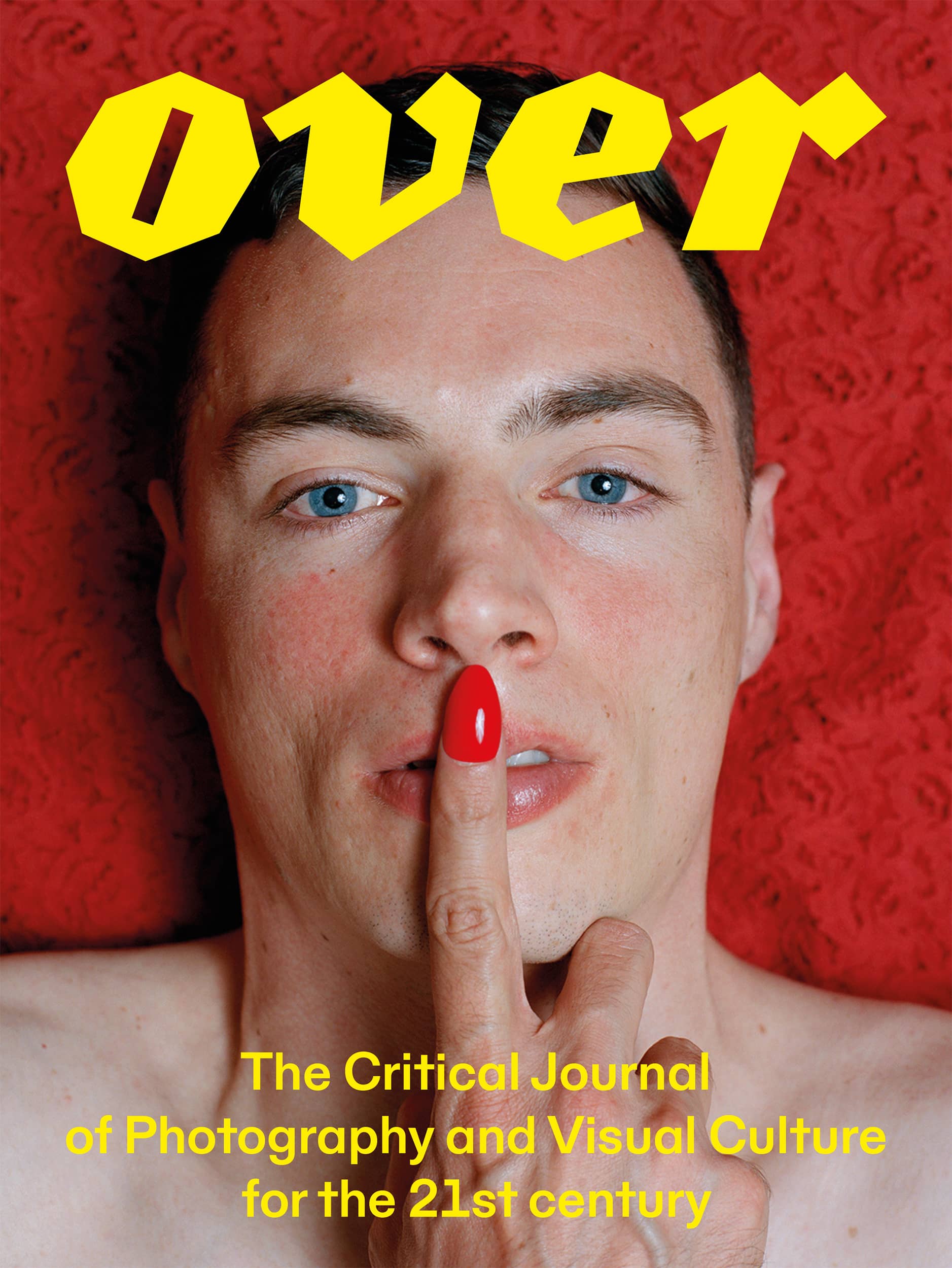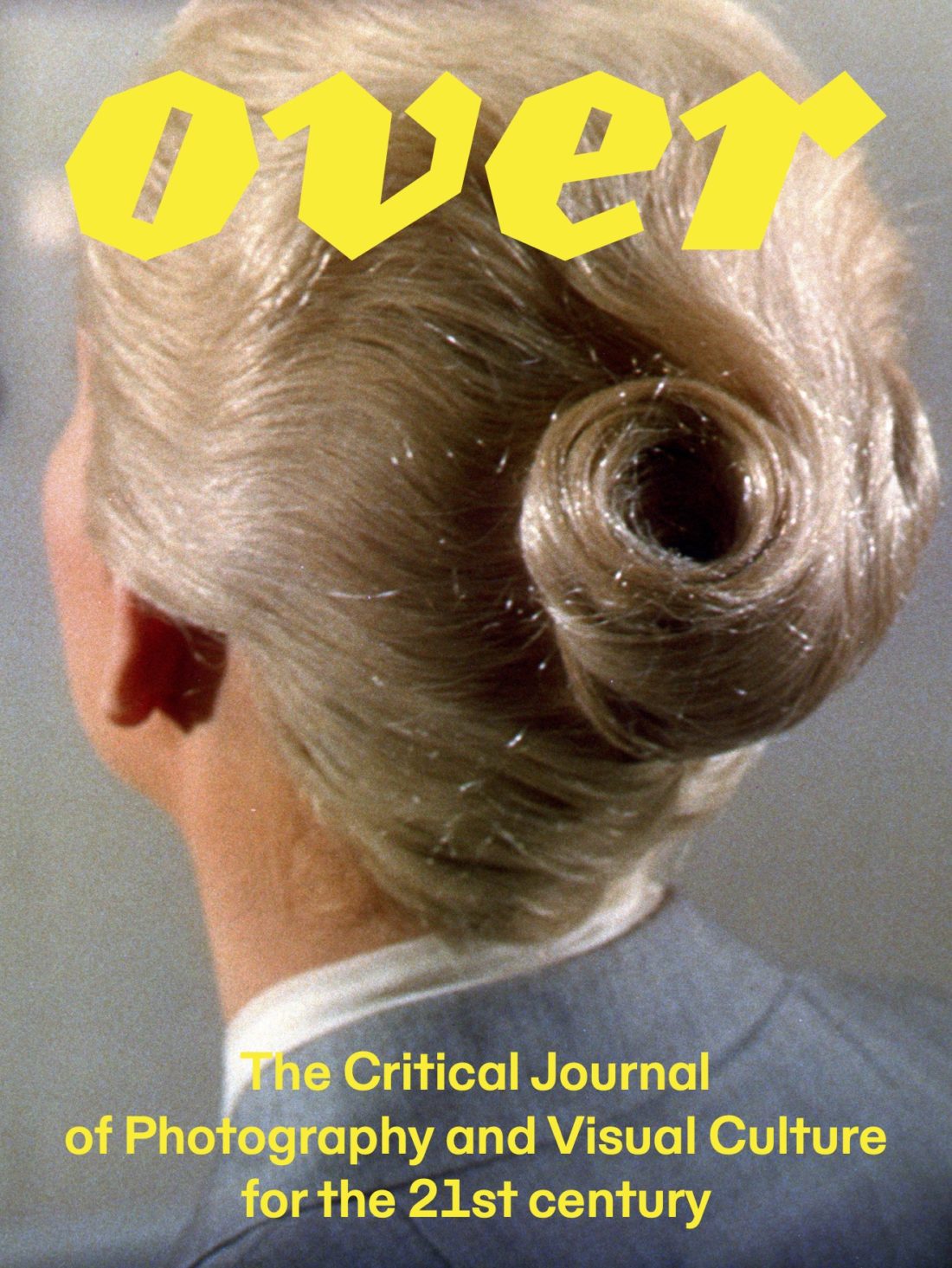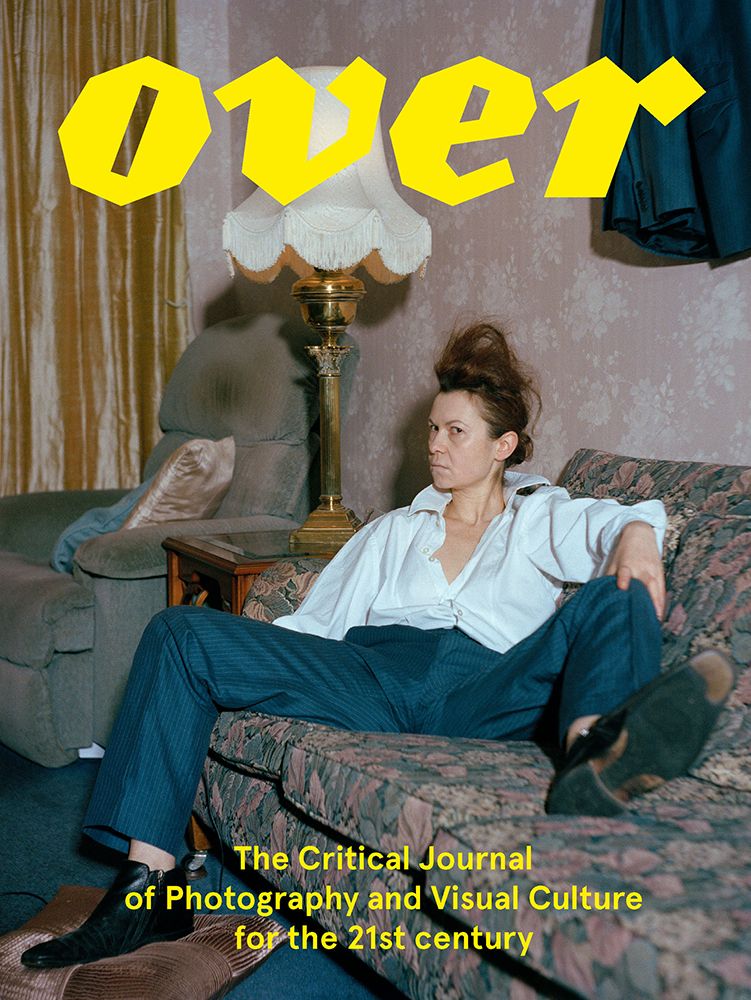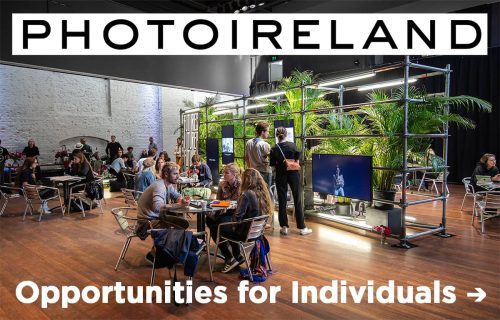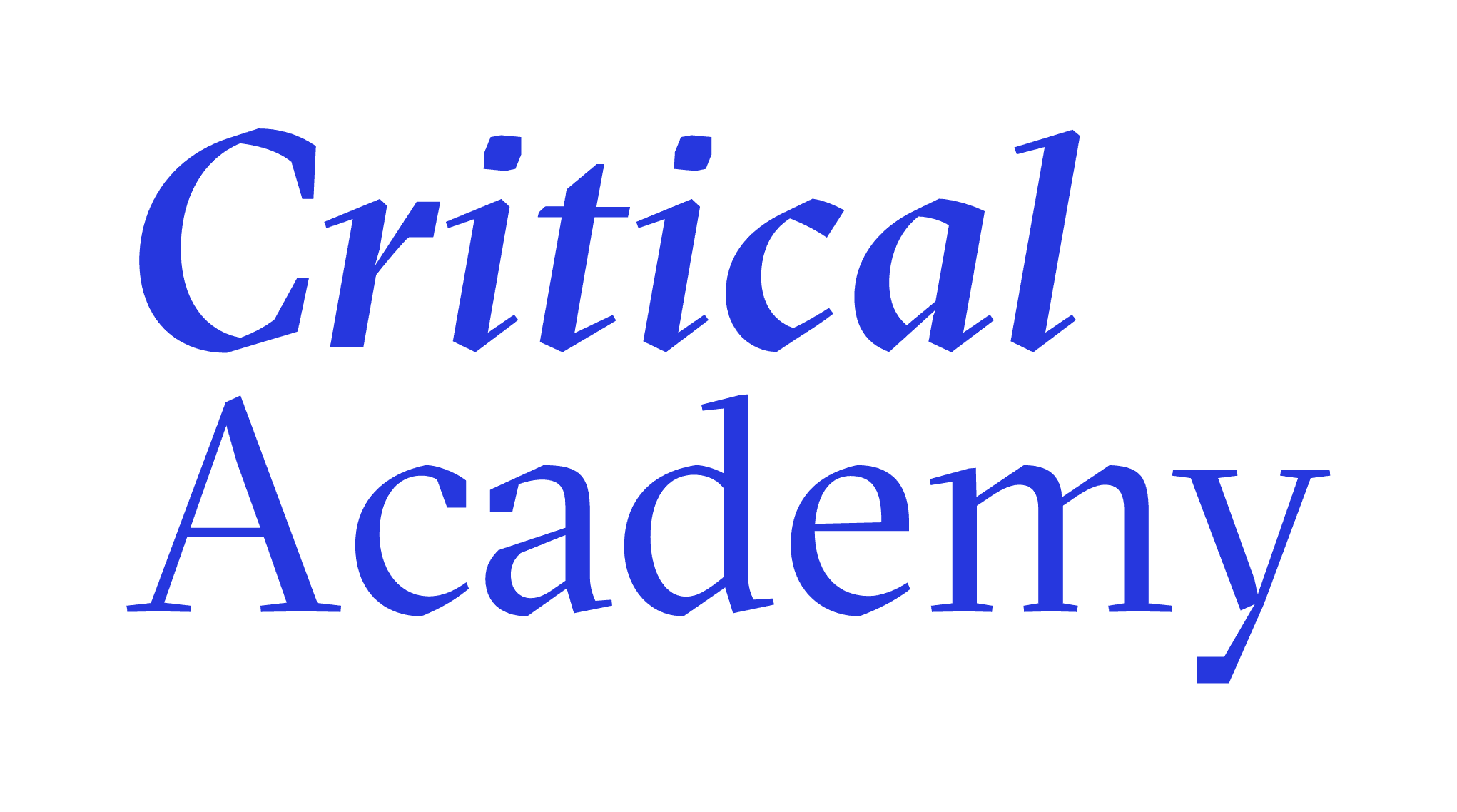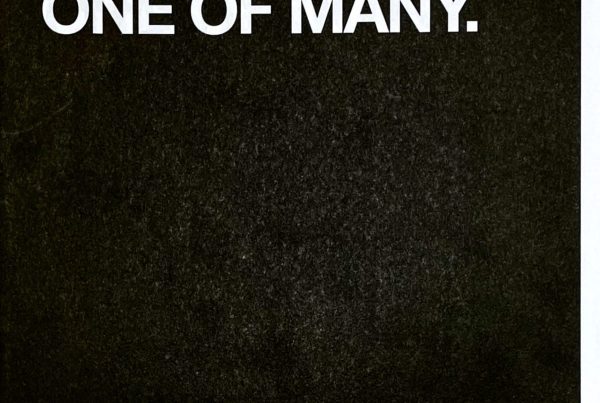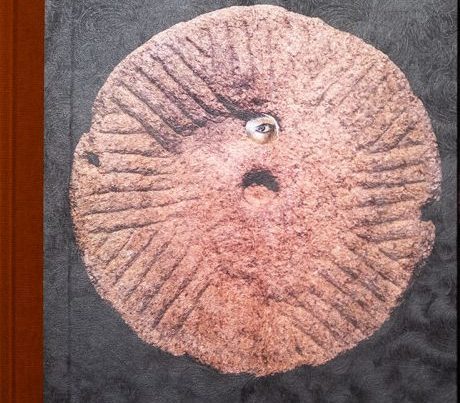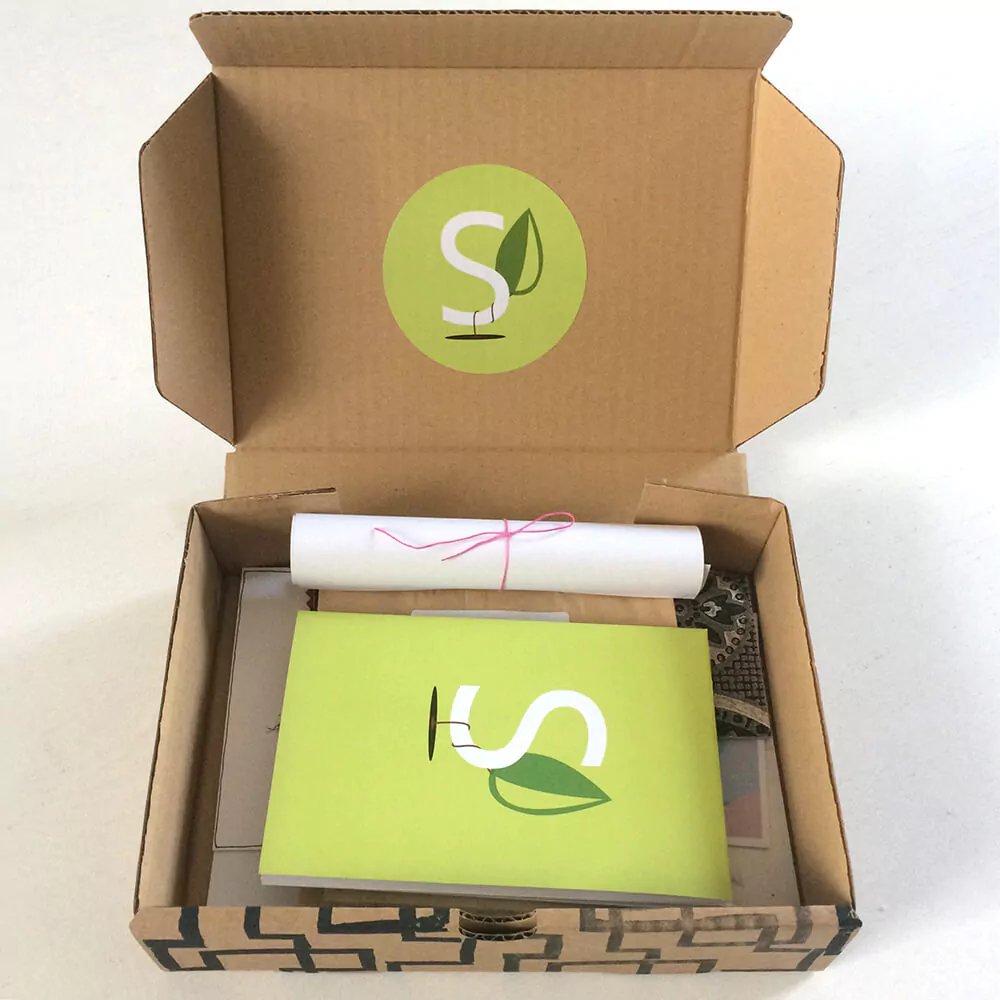

Labyrinths
SEED: Labyrinths
Issue 2
Curated by Grace Wilentz and Felicia Olusanya.
SEED
English
Contributions by Ala Buisir, Elaine Deely, Fiona Ginnell, Paul Granthon, Róisín Power Hackett, Rebecca Kehoe, Debbi Kenote, Jano Klimas, Helio Leon, Japhy Ryder, Simone Siss, Soraya Sobrevía, and Grace Wells
Hand-printed Cardboard Box
Limited Edition of 80
12 artworks
210 x 150 x 50 mm
2022
ISBN Not Available
Issue #2 of SEED contemplates ‘labyrinths’. In Greek mythology, the labyrinth is an elaborate maze. For artists working today, it holds symbolic and psychological significance as we try to find our way through a world deeply challenged by climate change and the Covid 19 pandemic, pursuing glimmers of hope. A true ‘cabinet of curiosities, in this edition you’ll find poems to read, and works ranging from illustration to photography to painting and sculpture. 1
About the Curators
About the Artists
Grace Wilentz was born in New York City and grew up in Greenwich Village. A graduate of Harvard University, with postgraduate degrees from Oxford University and University College Dublin, she has published poems in The American Poetry Journal, Cyphers, The Harvard Advocate, The Irish Times and The Seneca Review. She moved to Ireland in 2005 to study the Irish language and became an Irish citizen in 2015. 2
Felicia Olusanya also known as FELISPEAKSa is a Nigerian-Irish Poet, Performer, Playwright from Co. Longford; currently based in Dublin City. FELISPEAKS has been nominated ‘Best Performer’ by Dublin Fringe Festival September 2018 and went on to win ‘Best Performer’ in 2022. 3
About the Publisher
About the Collective
Observing ‘virtual platform’ fatigue resulting from the Covid 19 pandemic, writers Felicia Olusanya and Grace Wilentz identified a revived interest in receiving beautiful mail. This grew into a shared vision for a journal that would stand apart, a kind of paper ‘cabinet of curiosities’ in which a curated selection of prints, poetry, interviews, photographs, crafts and more will be found. SEED aims to get writers, artists, craftspeople, and others collaborating around common themes, and responding to each other’s work. The journal is now edited by Grace Wilentz and Róisín Power Hackett. A typical edition might contain curated poems produced on plantable seed paper, interview excerpts rendered in risograph, a card with a QR code leading you to a digital video of a dancer, or a swatch of fabric from a craft circle’s collaborative weaving. 4

